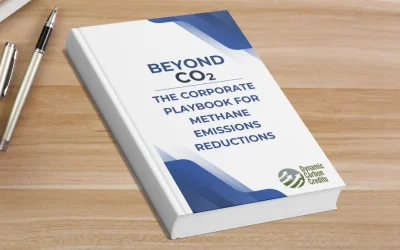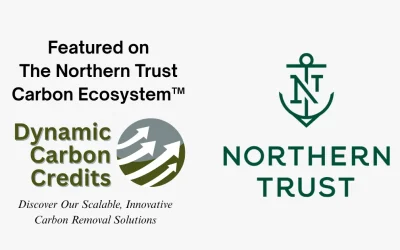Forest projects have long been hailed as effective carbon sequestration tools, with their ability to absorb and store significant amounts of carbon dioxide. However, it is important to recognize that forest projects do not offer a permanent solution to carbon sequestration. In this blog post, we will explore the limitations of forest projects and shed light on why they are not a foolproof strategy for achieving permanent carbon sequestration.
1. Vulnerability to Natural and Human Factors:
Forests are susceptible to a range of natural and human-induced disturbances, such as wildfires, insect infestations, and deforestation. These events can release vast amounts of stored carbon back into the atmosphere, negating the sequestration benefits achieved over time. Despite efforts to manage and protect forests, the occurrence of these disturbances remains a constant risk, making the permanence of carbon sequestration in forests uncertain.
Furthermore, with the world being so dry right now, forests are actually producing carbon instead of sequestering it. Tree mortality rates are increasing because of drought and heatwaves, which is causing forests to release more carbon than they are absorbing. This means that forestry can actually be counterproductive when it comes to reducing carbon.
2. Finite Capacity for Carbon Storage:
While forests are indeed capable of sequestering carbon, there is a limit to how much carbon they can store. As forests mature, their rate of carbon uptake slows down, eventually reaching a plateau. Once this plateau is reached, the carbon storage capacity becomes saturated, and the forest ceases to act as a significant sink for additional carbon. Thus, relying solely on forests for permanent carbon sequestration is impractical in the long run.
3. Carbon Re-release upon Harvesting:
In some forest management practices, trees are harvested for various purposes such as timber production or bioenergy. While sustainable forestry practices aim to replant trees and maintain a continuous cycle of carbon sequestration, the act of harvesting and processing the trees releases a significant amount of stored carbon back into the atmosphere. This carbon re-release undermines the permanence of forest-based carbon sequestration. Also, when trees drop their leaves in cooler climates, carbon is readmitted back into the atmosphere.
4. Time Horizon and Carbon Dynamics:
Achieving permanent carbon sequestration requires an extended time horizon. Forest projects typically involve timeframes of several decades or even centuries. However, the longer the time horizon, the greater the uncertainty surrounding the future conditions and management practices. Changes in climate, land use patterns, or economic factors can disrupt the intended trajectory of the forest project, affecting its ability to sustainably sequester carbon in the long term.
5. Leakage and Offsetting Challenges:
Forest projects often face challenges associated with leakage and offsetting. Leakage refers to the displacement of deforestation or degradation from one area to another, resulting in a transfer of carbon emissions. Offsetting involves using forest projects to compensate for emissions generated elsewhere, but the effectiveness and permanence of this approach are debatable. Both leakage and offsetting can compromise the overall permanence of carbon sequestration achieved through forest projects.
While forest projects can play a role in mitigating carbon emissions and sequestering carbon dioxide, they are not promising solutions for permanent carbon sequestration. Vulnerability to natural and human factors, finite carbon storage capacity, carbon re-release upon harvesting, long time horizons, and challenges with leakage and offsetting all contribute to the limitations of forest-based carbon sequestration. Dynamic Carbon Credits understands these limitations and has developed a comprehensive plant-based carbon sequestering solution that ensures a sustainable and resilient future in the face of climate change.
As a leader in effective and reliable solutions for reducing carbon emissions, Dynamic Carbon Credits offers clients the ability to purchase validated plant-based carbon credits that permanently sequester carbon. Our experts and scientists work with Fortune 500, large and medium businesses in reducing their carbon footprint and contribute to a better future for our planet.
Let’s Work Together!
Dynamic Carbon Credits is ready to show you how to solve your most pressing business challenges. Contact us today and begin seeing the results.





